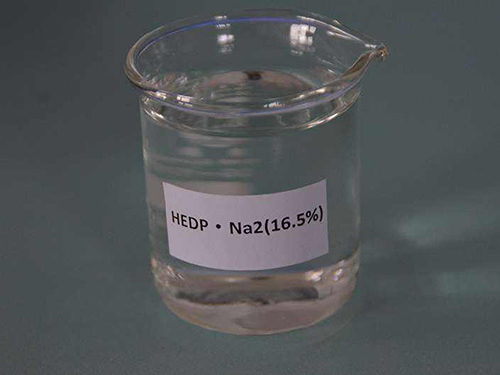flocculant chemicals for water treatment
Flocculant Chemicals for Water Treatment An Essential Guide
Water treatment is a crucial process that ensures the safety and sustainability of our water resources. One of the key components in this process is the use of flocculant chemicals. These substances play a vital role in the removal of suspended particles, impurities, and contaminants from water, making it safe for consumption and use.
What Are Flocculants?
Flocculants are chemical agents that help in the agglomeration of fine particles suspended in water, forming larger aggregates known as flocs. This process, known as flocculation, occurs through the addition of these chemicals during water treatment procedures. Flocculants can be classified into two main categories inorganic and organic.
Inorganic flocculants, such as aluminum sulfate (alum) and ferric chloride, have been traditionally used in water treatment due to their effectiveness and low cost. They work by neutralizing the charges of suspended particles, enabling them to clump together and settle at the bottom of the treatment tank.
Organic flocculants, on the other hand, include synthetic polyelectrolytes and natural polymers derived from plants or animals. These chemicals are often more effective than their inorganic counterparts, especially in conditions where the suspended particles are particularly small or have similar charges, making it difficult for them to settle without assistance.
The Flocculation Process
The flocculation process generally involves several steps
1. Coagulation This initial stage involves the addition of coagulants that neutralize the charges of suspended particles. This step is critical as it prepares the particles for flocculation.
2. Flocculation Following coagulation, flocculants are added. The agitation of the water allows the smaller particles to collide and bond, forming larger flocs.
3. Sedimentation The larger flocs then settle at the bottom of the treatment vessel due to gravity. This sedimentation process is essential for separating the clean water from the sludge formed.
flocculant chemicals for water treatment

4. Filtration After sedimentation, the clear water is often filtered to remove any remaining particles and flocs.
5. Disinfection The final step usually involves disinfection to eliminate pathogens, ensuring that the water is safe for human consumption.
Importance of Flocculants in Water Treatment
The use of flocculants in water treatment is beneficial for several reasons. Firstly, they significantly enhance the efficiency of the treatment process, allowing for the rapid removal of suspended solids. This not only improves water quality but also increases the overall capacity of treatment plants.
Secondly, flocculants can help reduce the amount of chemicals required for disinfection. By ensuring that most of the particulate matter is removed before the disinfection step, it lessens the potential formation of harmful disinfection by-products.
Moreover, the use of flocculants contributes to environmental sustainability. By effectively treating water, flocculants help in the recycling of water resources, reducing the need for freshwater and minimizing the impact on natural bodies of water.
Challenges and Considerations
Despite their advantages, the use of flocculants can pose challenges. Different types of water sources and pollutants require specific types of flocculants for optimal results. Additionally, the potential for chemical residues and the environmental impact of synthetic flocculants must be carefully managed.
Conclusion
Flocculant chemicals are essential to the water treatment process, providing effective solutions for removing impurities and ensuring clean water supply. As water scarcity becomes an increasingly pressing issue, the importance of efficient water treatment methods, including the use of flocculants, will only grow. Understanding their function and application is crucial for professionals in the field aiming to provide safe and sustainable water resources for communities worldwide.
-
The Ultimate Guide to Flocculants: Transforming Water TreatmentNewsNov.01,2024
-
Improve Your Water Treatment Solutions with PolyacrylamideNewsNov.01,2024
-
Enhance Your Water TreatmentNewsNov.01,2024
-
Empower You to Achieve the Highest Standards of Water QualityNewsNov.01,2024
-
Effective Scale InhibitorsNewsNov.01,2024
-
Discover the Power of Poly Aluminum Chloride in Water TreatmentNewsNov.01,2024





